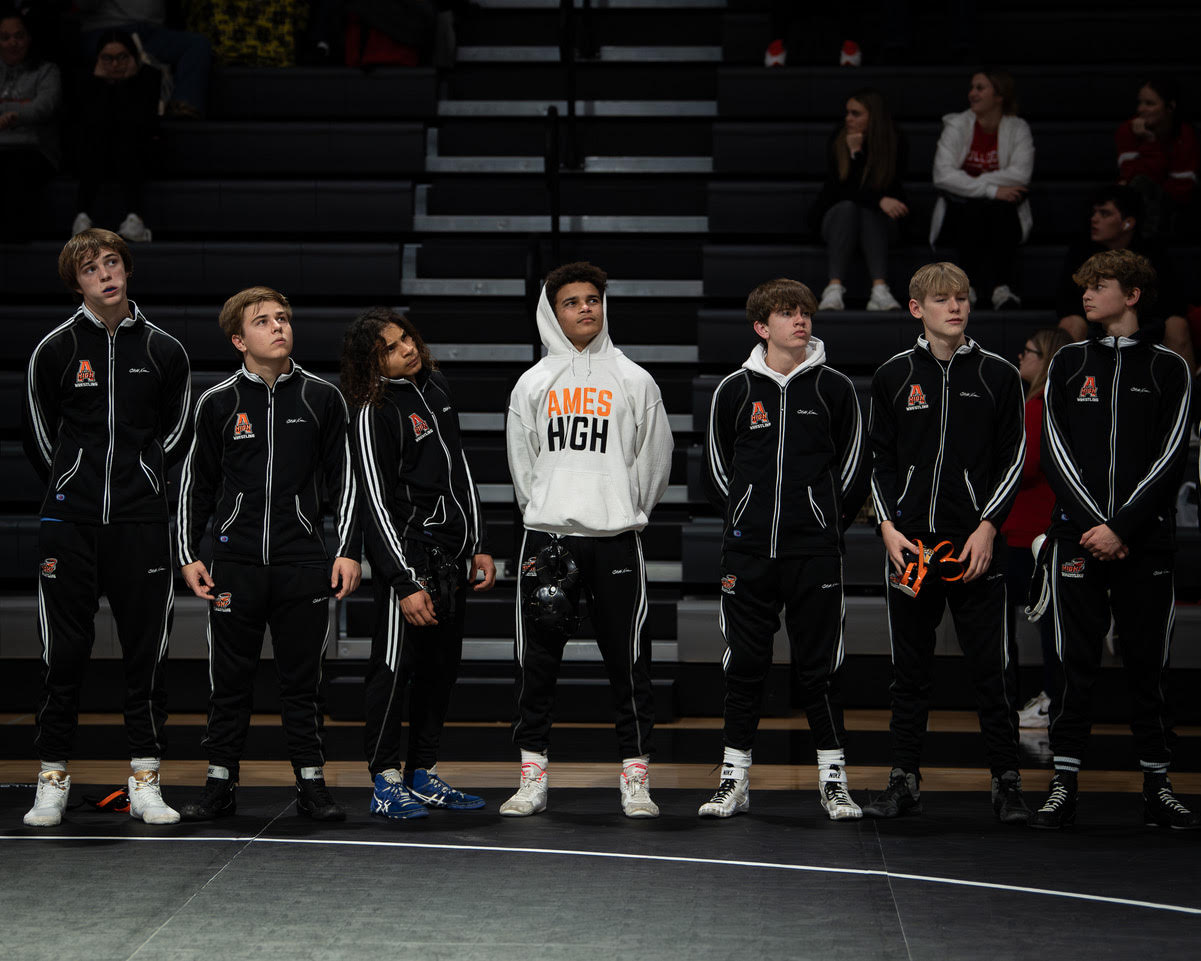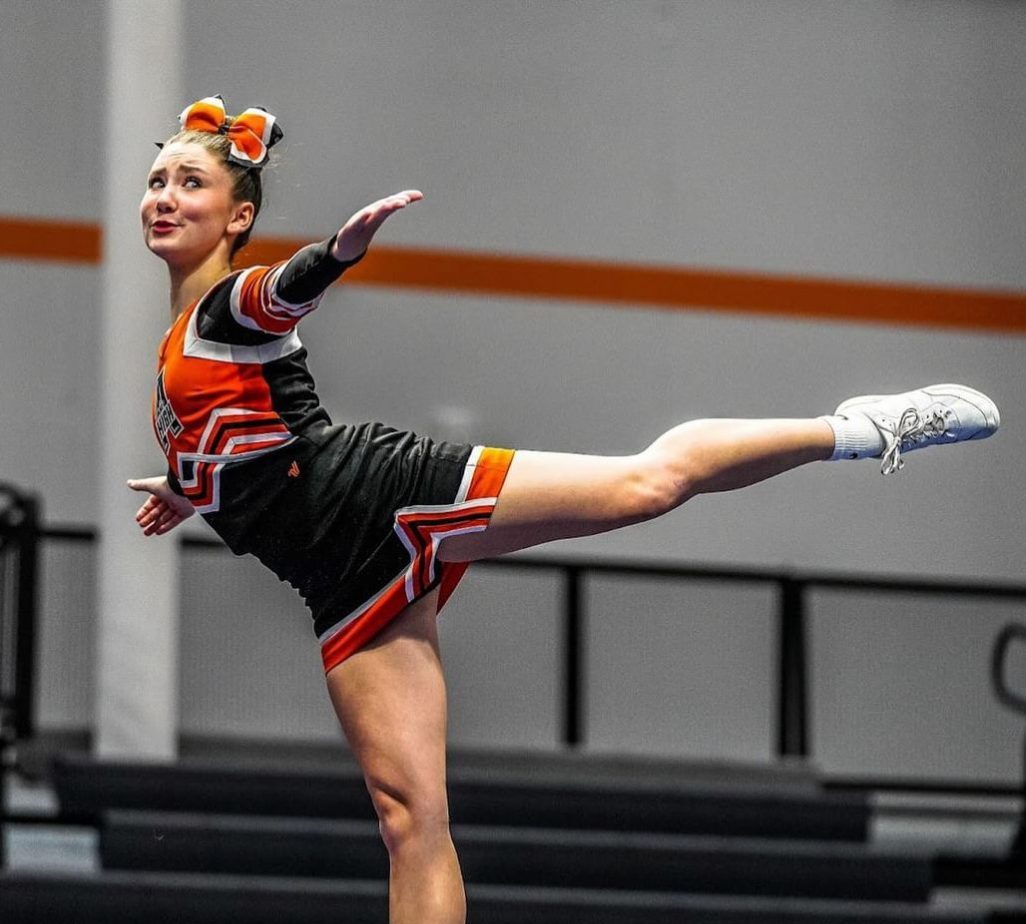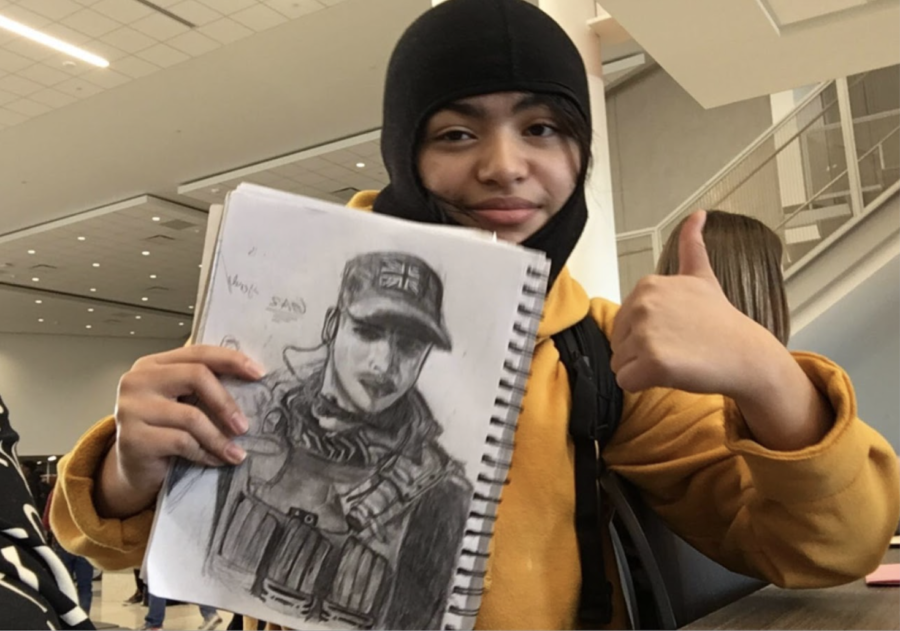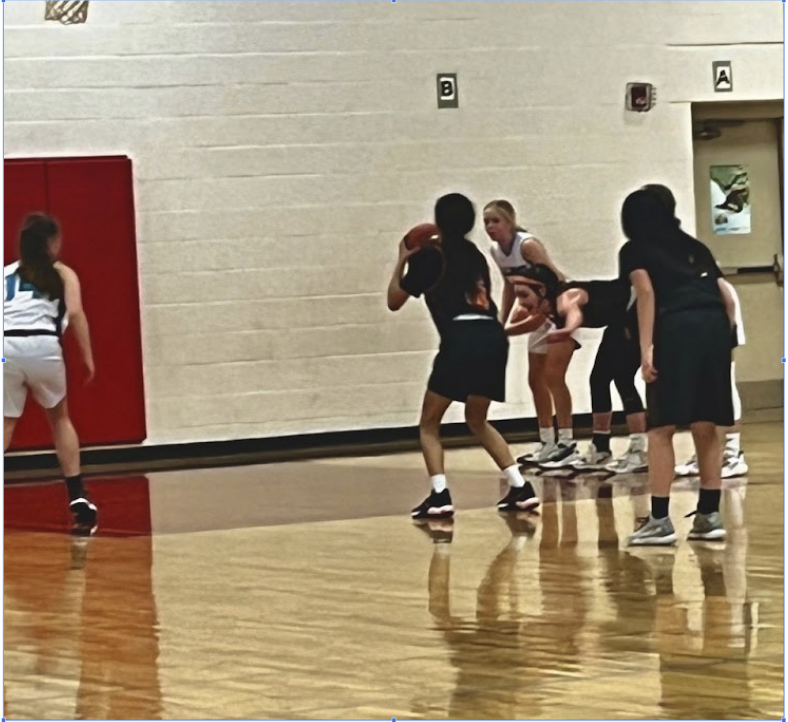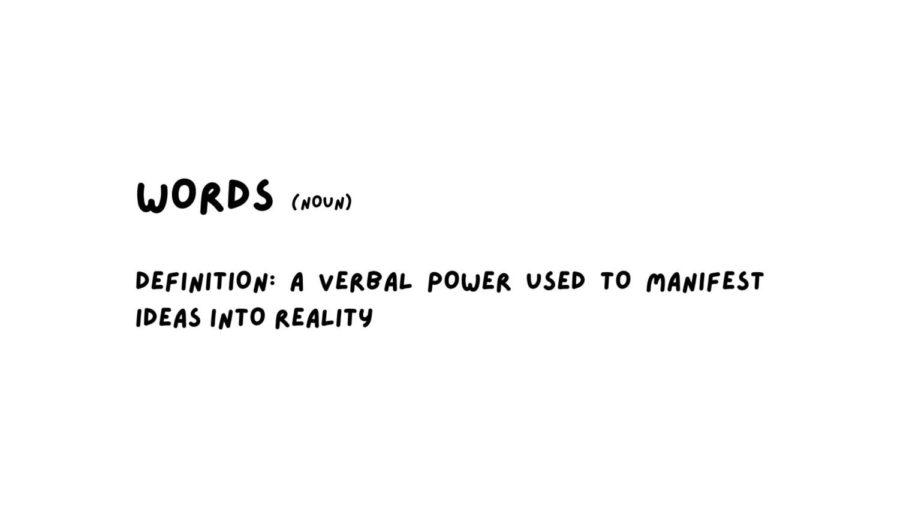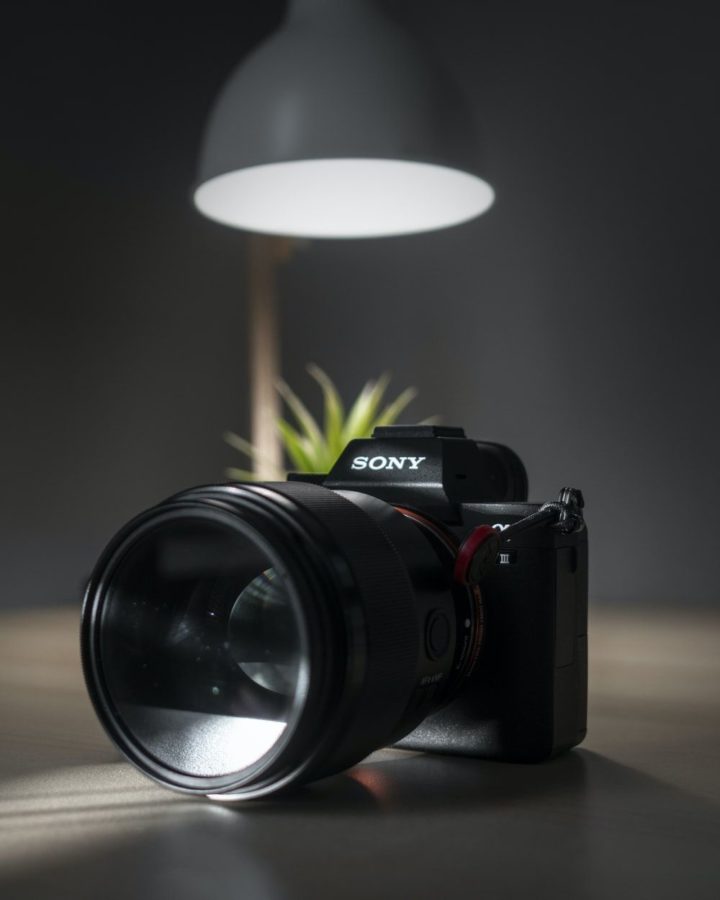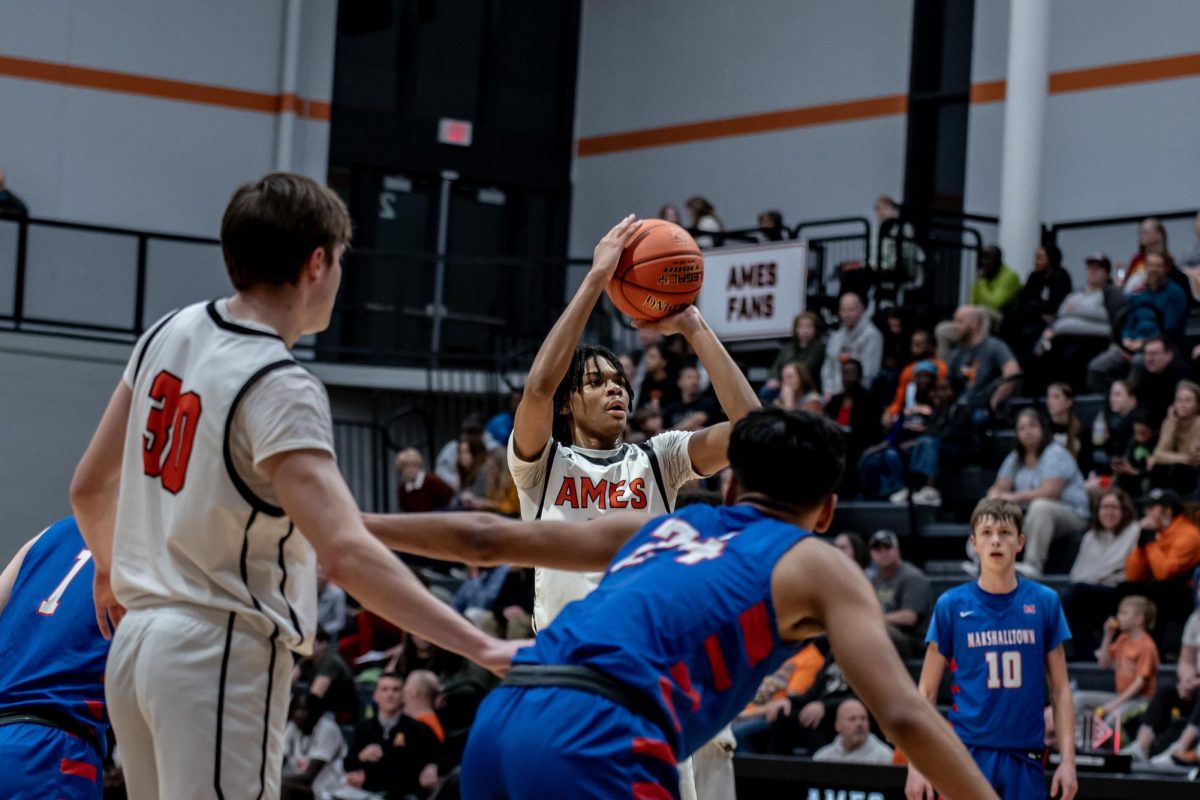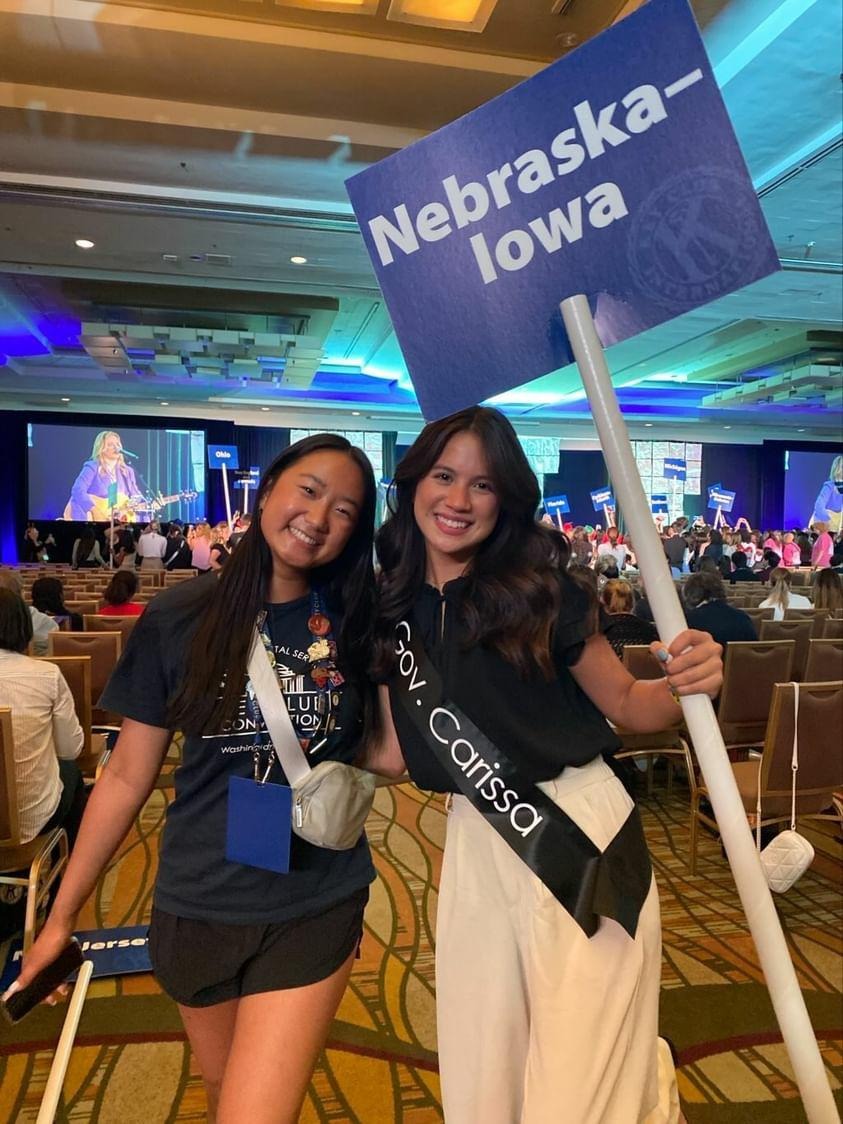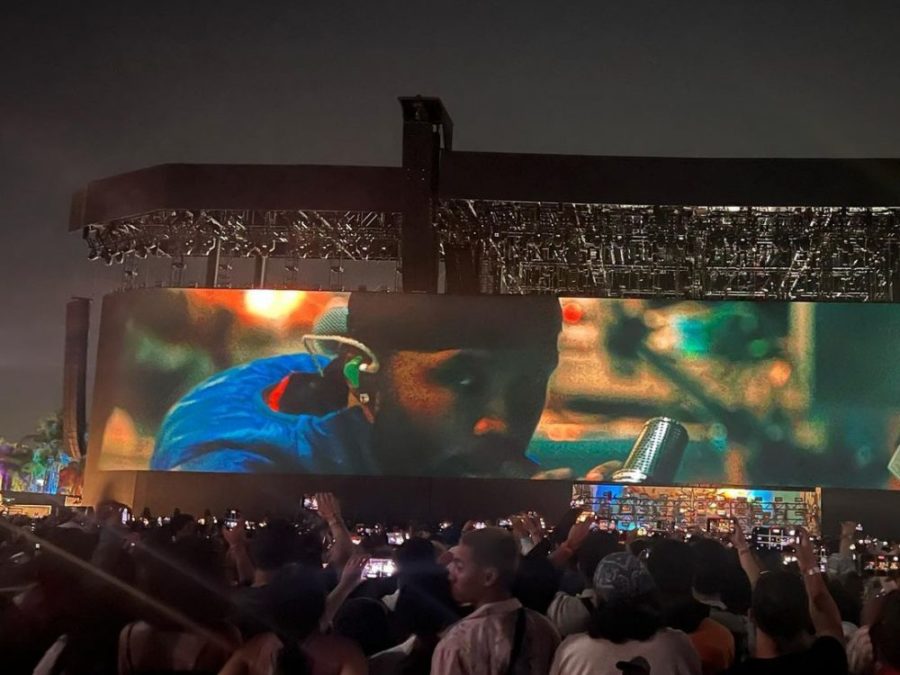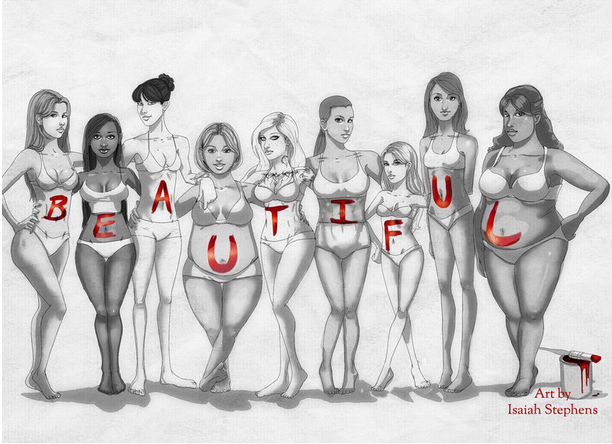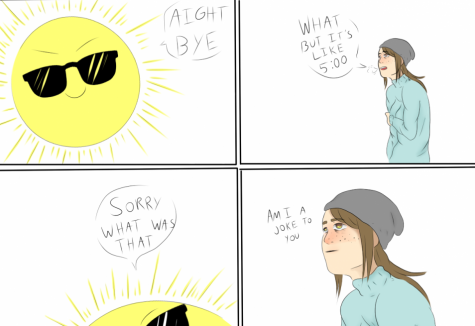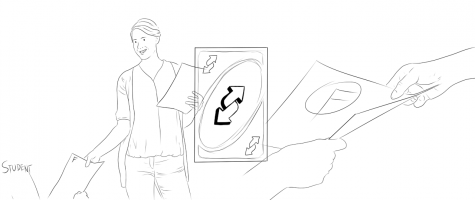Hot or Not- Body Image use in Music and Media
September 2, 2014
“God. My hips are huge!” “Oh please. I hate my calves.” “At least you guys can wear halters. I’ve got man shoulders.” “My hairline is so weird.” “My pores are huge.” “My nail beds suck.” How is it possible for so many different things to be wrong with one imperfect human body? Like the infamous Plastics in the oh so treasured movie Mean Girls, millions of people everyday take a cold hard look in the mirror and point out miniscule flaws that don’t even seem to be there to anyone but themselves. This skewed image of oneself is based off of their memories, psyche, and self-esteem- not their actual physical appearance.
This iconic movie is one of several art forms that has addressed one’s body image. Society has been pressing forward the ideal of thin everything since the early 1960’s. With popular models such as Twiggy and Kate Moss popping up, the thin concept has been dictating the minds of teenagers. As time went on, models got taller, and they got thinner. Recently there has been some backlash, and music continues to be a reflection on what the media wants its audience to see and believe.
In the past few months, artists such as Meghan Trainor and and Colbie Caillat have come out with somes promoting the idea of loving who you are. Lyrics such as “every inch of you is perfect, from the bottom to the top” from “All About That Bass”, number 2 on the Billboard Hot 100, help to give the listeners a great self-esteem and confidence in what their body is. Similarly, Colbie Caillat’s song “Try” expresses the fact that one doesn’t need to be perfect all the time; a perfect body image isn’t relevant any longer, because no one will and should have the same skinny body.
Both songs show the shift in the media of more welcoming views on different body types. There has been some negative backlash towards the “skinny girl” where thinner body types are mocked due to the push for more curves and “bringing booty back”, but most of the emphasis remains on the need for loving your body no matter what it looks like.
The common goal for all women alike is the discontinuation of the media’s need to shove their minds full of harmful images of what they should look like. “I see the magazines working that Photoshop, We know that shit ain’t real, Come on now, make it stop.” Movements from Dove and Aerie have begun the revolution for real girls being used in the media, and that is where music is seemingly headed.
Hopefully as music continues to evolve through the issues society imposes on everyone, a set image of how any woman should look like won’t even exist. In reality, no matter how many curves a girl has, how much muscle she has, how skinny she is- it all doesn’t matter. Healthy is healthy which is different for everyone. And if it’s ever even possible for everyone to embrace that, even the media, girls can finally be proud of what they see in the mirror, or even better, not care what society says about it.







